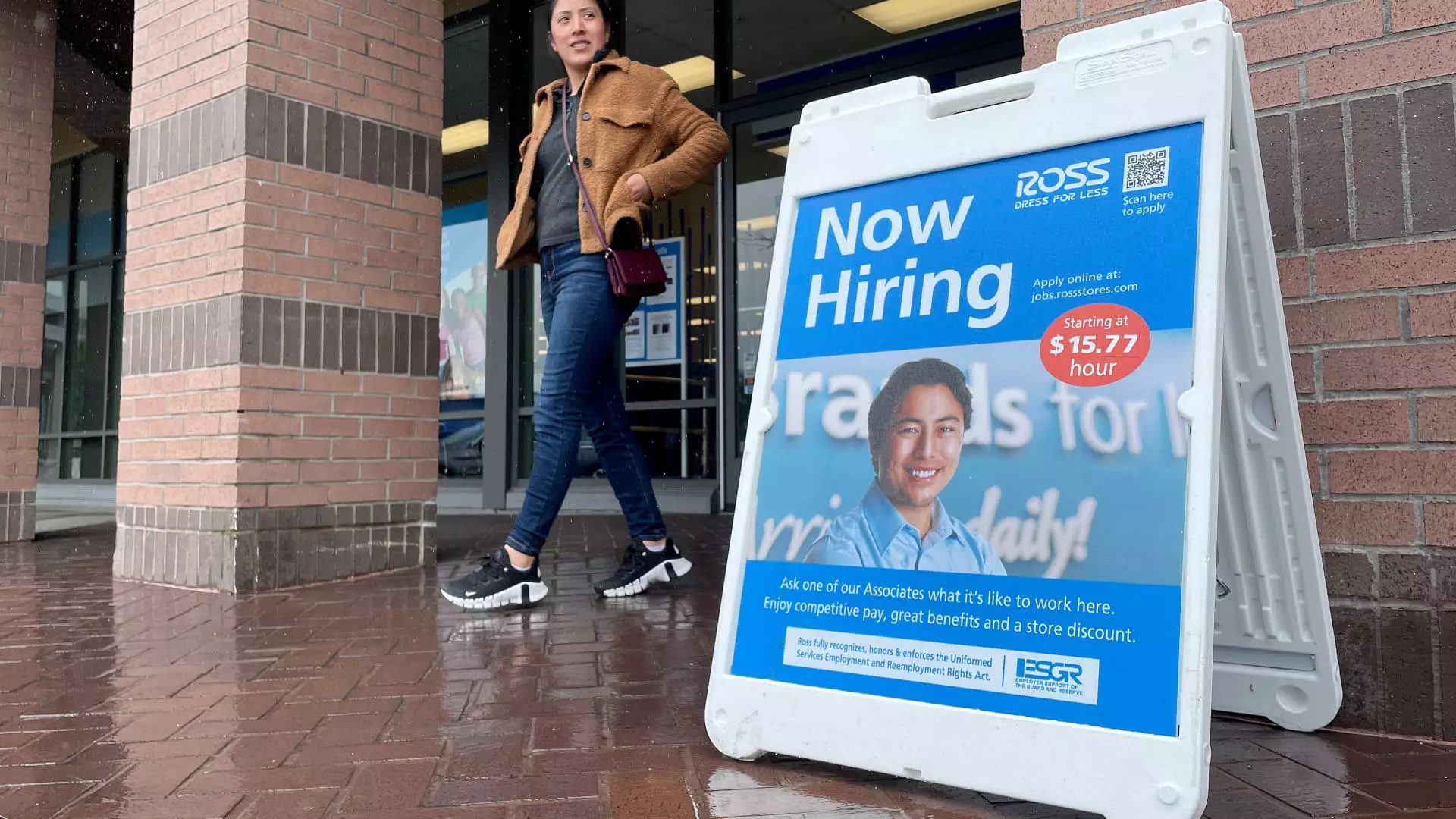In August, the U.S. economy created slightly fewer jobs than expected, marking a slowdown in the labor market. Nonfarm payrolls expanded by 142,000, below the 161,000 consensus forecast. The unemployment rate also ticked down to 4.2%, with the labor force expanding by 120,000. While the August numbers were near expectations, the previous two months saw significant downward revisions. This data had minimal impact on markets, with stock futures holding negative and Treasury yields lower.
From a sector standpoint, construction led with 34,000 additional jobs, while manufacturing lost 24,000. Other sectors like health care and social assistance showed substantial gains. However, the overall job market seemed to experience some volatility, with downward revisions and mixed sector performances.
Average hourly earnings increased by 0.4% in August and 3.8% from a year ago, surpassing estimates. Hours worked also edged higher to 34.3, indicating some stability and growth in wage and hour metrics despite other fluctuations in the job market.
The Federal Reserve has been contemplating a rate cut given economic indicators. Markets were pricing in a 100% probability of a rate cut when the Fed meets in September, with discussions around the magnitude of the cut. Following the payrolls release, market expectations shifted towards a half-percentage-point cut, reflecting concerns about inflation and economic growth.
Recent economic data has shown ongoing growth, but there are signals of a labor market slowdown. Reports from ADP and Challenger, Gray & Christmas indicated subdued job growth and increased layoffs. This mixed data environment has influenced Fed officials to consider rate cuts to stimulate economic activity and mitigate potential recession risks.
Federal Reserve Chair Jerome Powell has suggested the need to adjust policy to address economic challenges. Other Fed officials, like New York Fed President John Williams, have endorsed rate cuts to maintain economic equilibrium and support inflation targets. The overall sentiment is leaning towards a more accommodative monetary policy to sustain economic momentum.
The U.S. economy showed signs of moderation in August, with job creation slightly below expectations and downward revisions affecting previous months. Despite sectoral variations and wage growth, the Federal Reserve is poised to take action to support economic growth through potential rate cuts. The key challenge lies in balancing inflation concerns with the need to prevent economic contraction, creating a delicate balancing act for policymakers in the coming months.

Leave a Reply